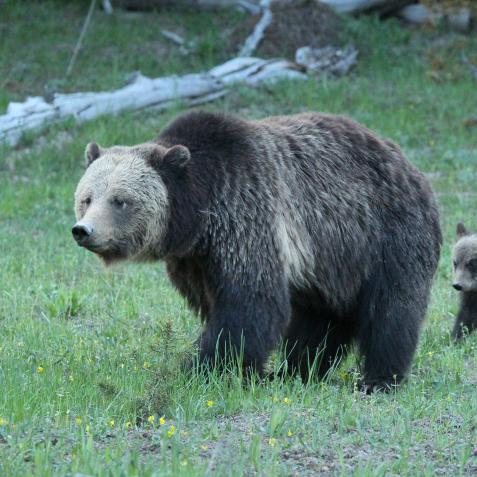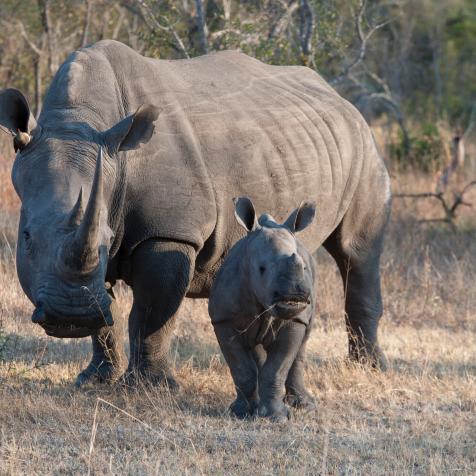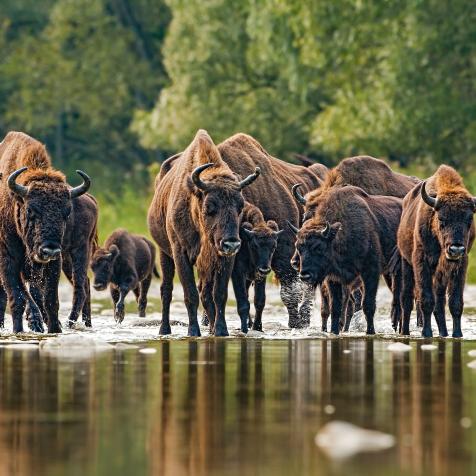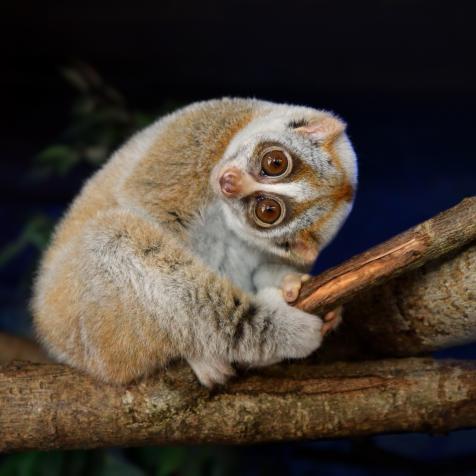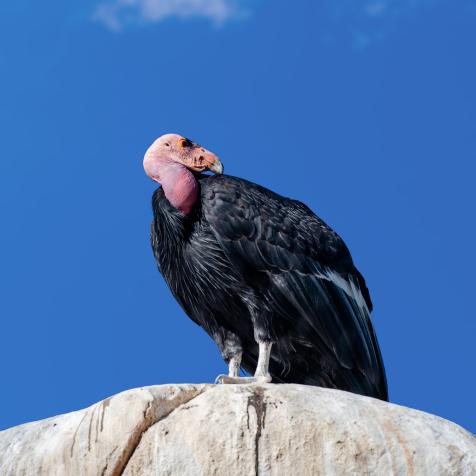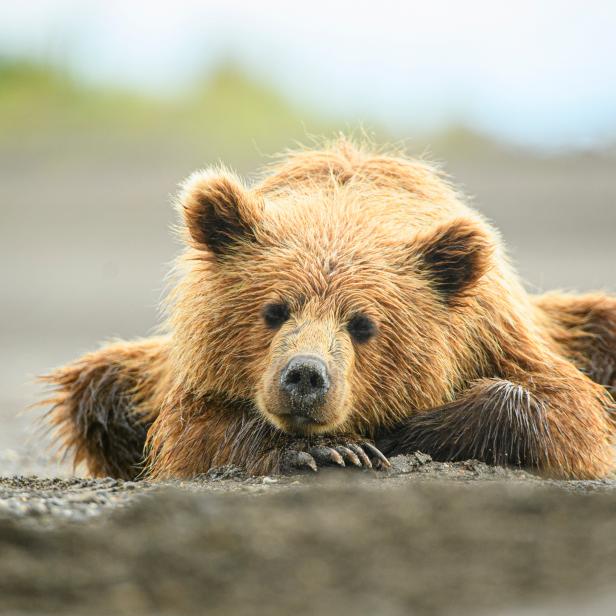
jared lloyd
Baby Bear Takes a Trip on Hallucinogenic ‘Mad Honey’
A bear cub was rescued in Turkey after passing out from eating too much hallucinogenic honey.
Turkish officials rescued a brown bear cub who had become accidentally intoxicated after consuming a Turkish hallucinogenic honey called ‘mad honey’ or ‘deli bal.’
The bear cub was found passed out 130 miles east of Istanbul, in Turkey’s northwestern Duzce province, after getting her paws into too much deli bal.
Deli bal is a bitter honey originating from the Black Sea region. The honey is known for giving the consumer a sense of euphoria and hallucinations, the result of bees feeding on the nectar of Rhododendron which contains a natural neurotoxin. As the bear cub quickly learned, too much mad honey can land people, and bears, in the hospital.
Turkey’s Ministry of Agriculture and Forestry shared a video showing the bear in a trippy state. The bear lounged in the back of a pickup truck with her limbs sprawled looking very dazed. The clip quickly spread on Twitter amassing more than 11,000 views, turning the cub into a local celebrity.
Locals suggested naming her Balkiz which means “honey girl” or “honey daughter” in Turkish.
Aside from a bad trip, Balkiz is in great condition after visiting a local veterinarian. On Friday, Balkiz was released back into forests near the Balkans.
“Godspeed to the beautiful girl who has won the hearts of us all,” wrote Vahit Kirisci, Turkey’s minister of agriculture and forestry, on Twitter. “May she eat everything in moderation, even honey."









